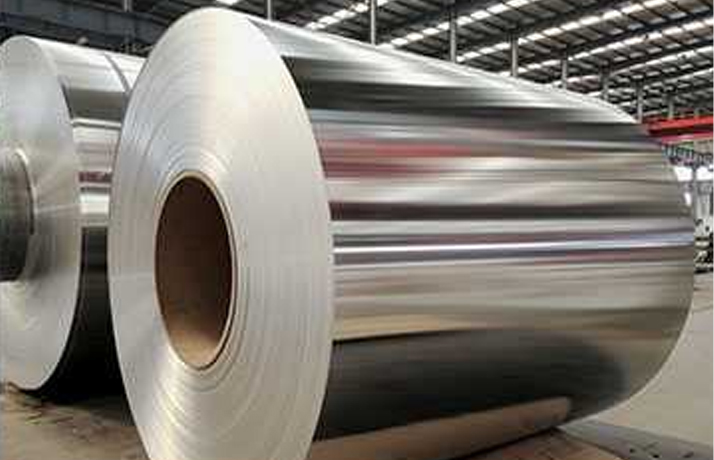
India’s automotive lightweighting push, driven by emission norms (CAFE 2023) and EV adoption goals, faces a pivotal shift as the government adjusts aluminum import tariffs. With 60% of India’s automotive aluminum currently imported, the tariff hike from 7.5% to 12.5% (FY2024) directly impacts cost structures for OEMs and Tier-1 suppliers.
Key Challenges for Suppliers
1、Cost Pressures: Domestic aluminum production (4.1 MMT in 2023) meets only 40% of automotive demand, forcing reliance on pricier imports.
2、Supply Chain Reconfiguration: Jindal Aluminum and Hindalco benefit, but secondary alloy suppliers struggle with quality consistency.
3、Localization Paradox: While tariffs aim to boost domestic production, India’s smelting capacity (hampered by coal power costs) lags behind China and UAE.
Strategic Responses
●Joint Ventures: Global players like Novelis partner with Indian firms for recycled aluminum hubs (e.g., Punjab’s 200kTpa plant).
●Process Innovation: Tesla’s Bengaluru R&D center prototypes high-pressure die casting to reduce aluminum use by 15%.
●Tariff Mitigation: ASEAN FTA routes (0% duty) gain traction, with Vietnamese billets now constituting 22% of imports.
Future Outlook
The Automotive Component Manufacturers Association (ACMA) projects a 170% surge in domestic aluminum demand by 2030. Success hinges on balancing protectionism with global supply chain integration, where hybrid models (imported billets + local recycling) may emerge as the optimal solution.